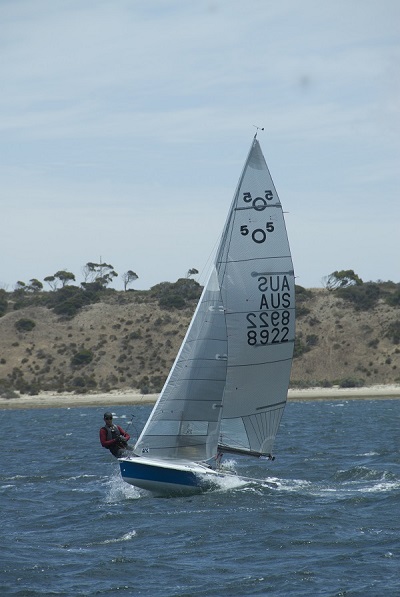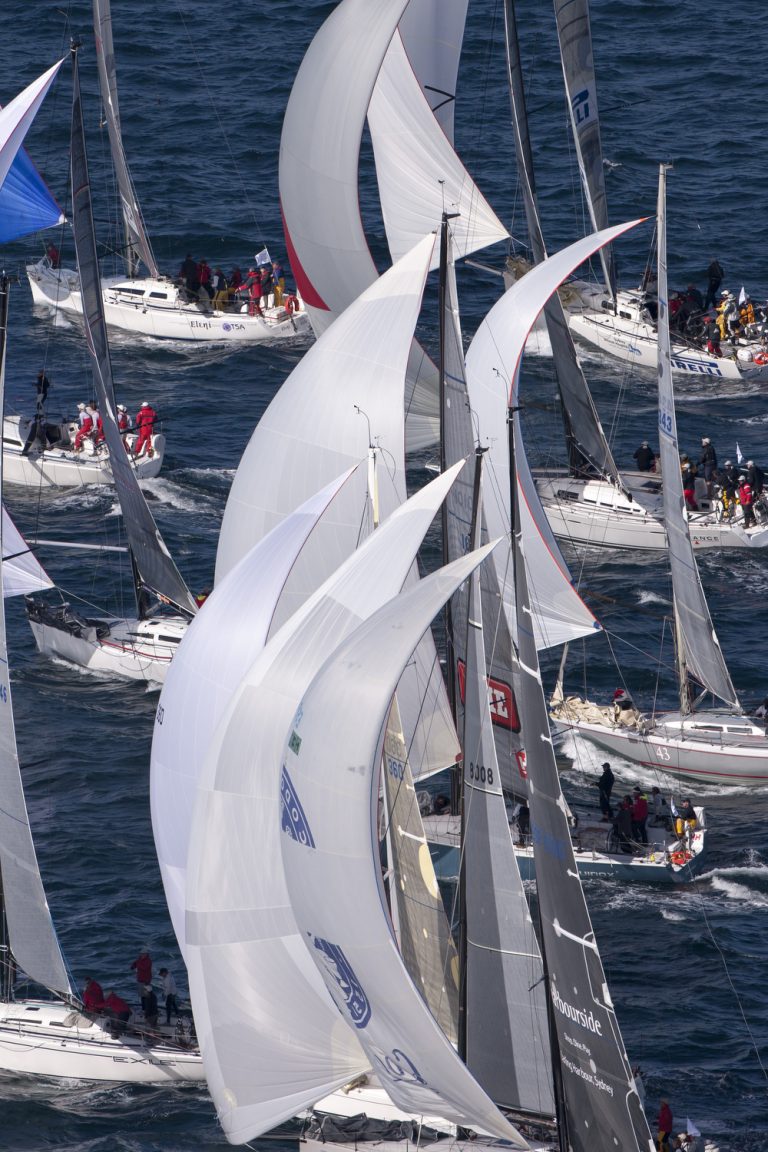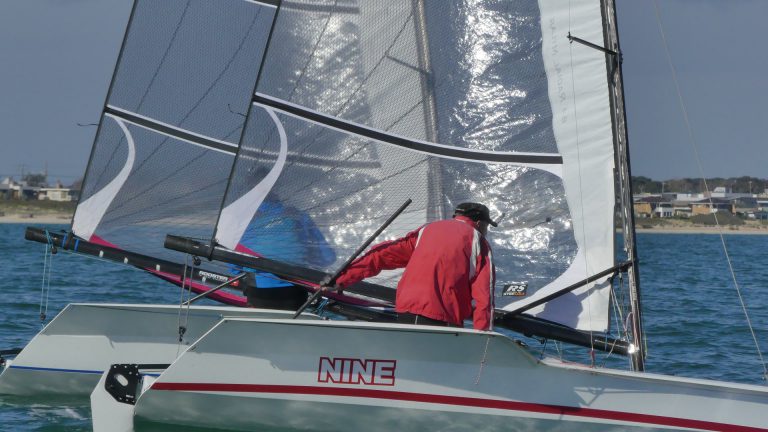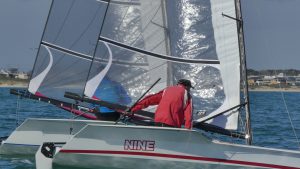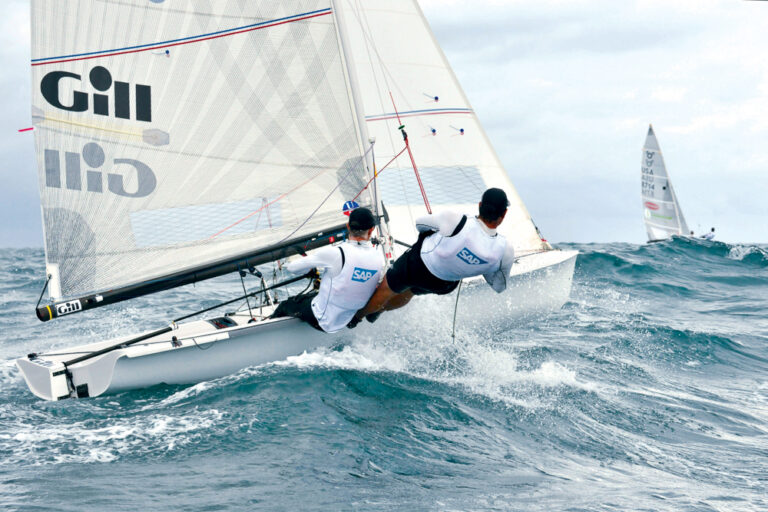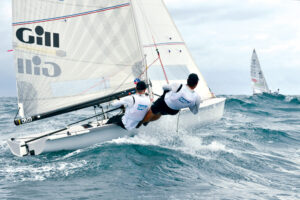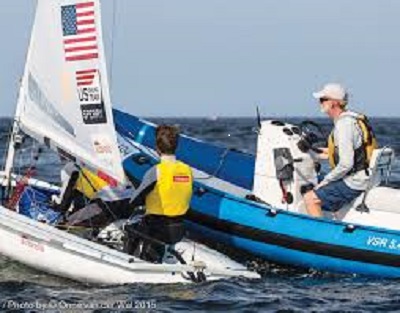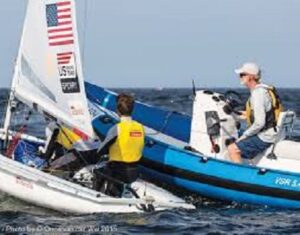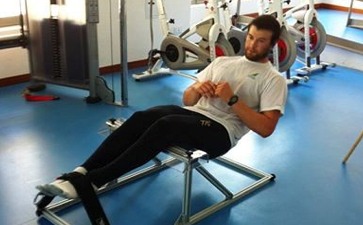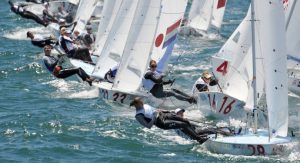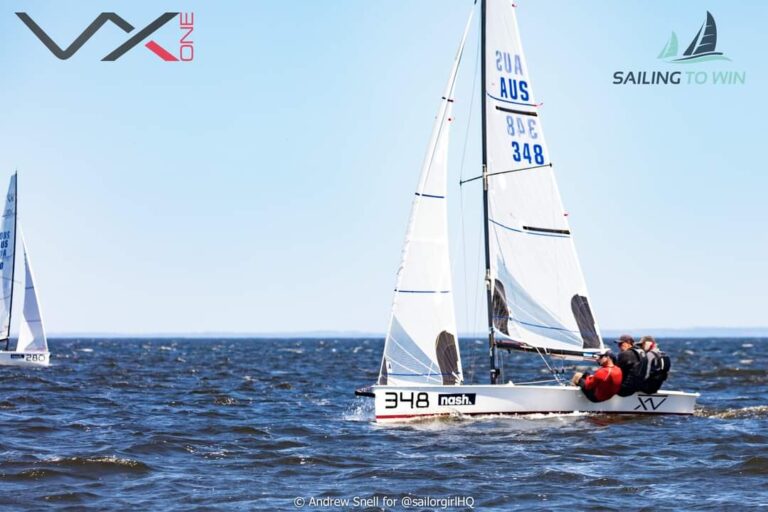
Get Better Racing Skills – I have copied below excerpts from an excellent article that was featured in Yachts and Yachting UK – Improve your Racing Skills – written by Toby Heppell
Starting out – Get Better Racing Skills
It’s possible to start racing at club level after a relatively small amount of tuition and this is the best route to start building on your initial skills.
Don’t worry if initially you’re at the back of the fleet at your club. With a methodical approach to learning, a rapid improvement in your performance is possible.
Many clubs and classes also run coaching sessions for adults and young sailors. These are usually a very effective way to notch your skills up a level and identify areas on which to focus afterwards.
One of the most fascinating aspects of racing sailboats is that there is always something more to learn.
Many sailors stagnate at a particular level, beyond which they don’t improve, or only make a frustratingly slow climb up their fleet. Often sailors in this position start to look at improving their boat and gear, perhaps buying new sails, to step their performance up a level.
While it’s true that this will make your boat faster, it won’t make you a fundamentally better sailor, which is the overriding goal you should be looking for in the first instance.
The Learning Curve
One way to avoid a flattening of your learning curve is to develop a mindset that makes analysing, and learning from, your performance in each race an automatic routine.
The old adage that a good sailor looks at the race they’ve just sailed and asks: “How could I have done that better?”. This is just as appropriate for someone in their first season as for aspiring Olympians.
Having a post-race debrief is a good way of doing this with a key aim to identify and eliminating mistakes.
Sailing different boats in different places and with people whose experience doesn’t exactly reflect your own, you’ll learn at a far greater pace. Avoid only sailing your own boat at the same club and with the same crew.
Spending up to half your time afloat practising will make a huge difference to your results. But if you can’t manage this, even 10 minutes at the end of every day’s sailing will make a big difference over time.
Core Elements
Concentrating on the core elements of boatspeed, and basic manoeuvring will usually show the biggest initial rewards.
Start by fully understanding how all the sail controls, outhaul, vang, cunningham etc change sail shape, particularly in terms of the full/flatness in different parts of the sail and twist.
Another fundamental is to understand the steering effects of the sails and the way this contributes to the balance of the rig.
At its simplest, power in the jib tends to turn the bow away from the wind, and powering up the mainsail tends to turn the bow towards the wind.
If you want to luff up towards the wind, hauling in the mainsheet will help speed the turn. Equally, the mainsheet must be eased before bearing away from the wind.
In strong winds, many boats won’t bear away unless the sheet is eased. Even in lighter conditions, you’ll need to apply more helm, which creates drag and slows the boat.
Using sail trim to help steer means you use maybe only half the amount of helm, which is much faster.
Get Better Racing Skills
Changing gears
Boatspeed requires a combination of sail trim, accurate helming, and good balance and trim. Settings for a particular wind speed in flat water won’t work in big waves, or in light air.
Acceleration gear is used when sailing upwind in waves and each wave will tend to slow the boat.
After coming out of a tack on a keelboat, it can take up to a minute to build up to target close-hauled speed.
Acceleration gear is also often needed in extreme conditions, either in lots of wind or very little.
This gear is achieved by sailing a little off the wind, with sheets eased to suit and with slightly fuller sails. Cunningham and outhaul are also eased if the acceleration gear is to be used for any length of time.
Work on basic manoeuvres in light to moderate wind strengths, up to the strength at which moderate hiking is required.
Roll tacking and gybing are crucial skills for dinghy sailors, especially in light and moderate conditions. The boat should come out of the tack at the same speed as when entering it.
Mark rounding is also important to follow the ‘wide in, narrow out’ principle.
Spinnaker hoists, drops and gybes are crucial to clean mark roundings, yet few keelboat and yacht crews practice them outside of races.
FREE CHAMPIONSHIP SAILING GLOVES
Sailing Downwind
Downwind helming in planning conditions is an important skill for dinghy sailors. This requires different instincts to helming upwind in gusty conditions, or downwind in a displacement (non-planing) boat.
The key to bearing off in gusts is to dump large amounts of main plus spinnaker sheet if necessary.
In these conditions, both mainsail and spinnaker will tend to turn the boat into the wind. The main will probably already be right out, but the kite sheet will also need to be eased to allow the helmsman to bear away on a gust.
The vang may need to be dumped to further depower the upper part of the mainsail.
In survival conditions, most gusts bring a risk of capsizing or broaching. You’ll need to bear away aggressively the moment the gust hits and before its effects are felt. The aim is to keep the boat flat.
In less extreme conditions, a small luff, before bearing away for the gust increases apparent wind. This will start accelerating the boat even before the gust hits.
Similarly, heading up at the end of the gust will maintain the increased apparent wind strength for longer. In this way, you retain control of the boat, while maximising the distance sailed on each puff.
Background knowledge
It takes time to fully understand the Racing Rules of Sailing. Therefore it’s something you need to keep referring to and building your knowledge of.
Too many people, even those who consider themselves seasoned racers, don’t fully understand many of the basic rules.
On-water practice isn’t enough on its own to progress your skills. It’s also important to build a core of theoretical knowledge and reading is an important way of doing this. In particular read all that you can on rules, tactics and sail trim.
Don’t worry that many such books are impossible to digest fully in one sitting. On the first read, you’ll take some important tips away. In subsequent readings, many more useful lessons will become apparent.


